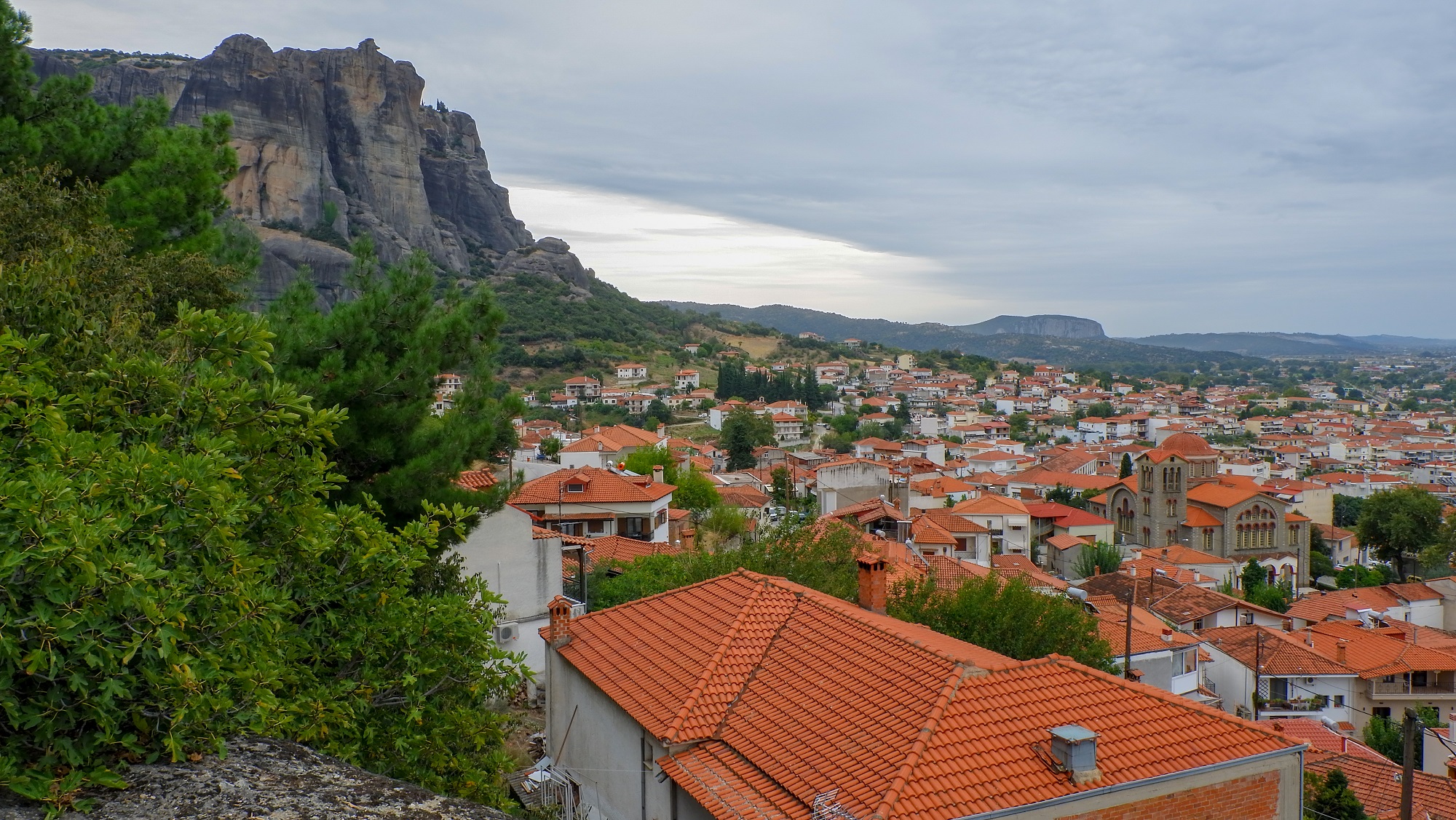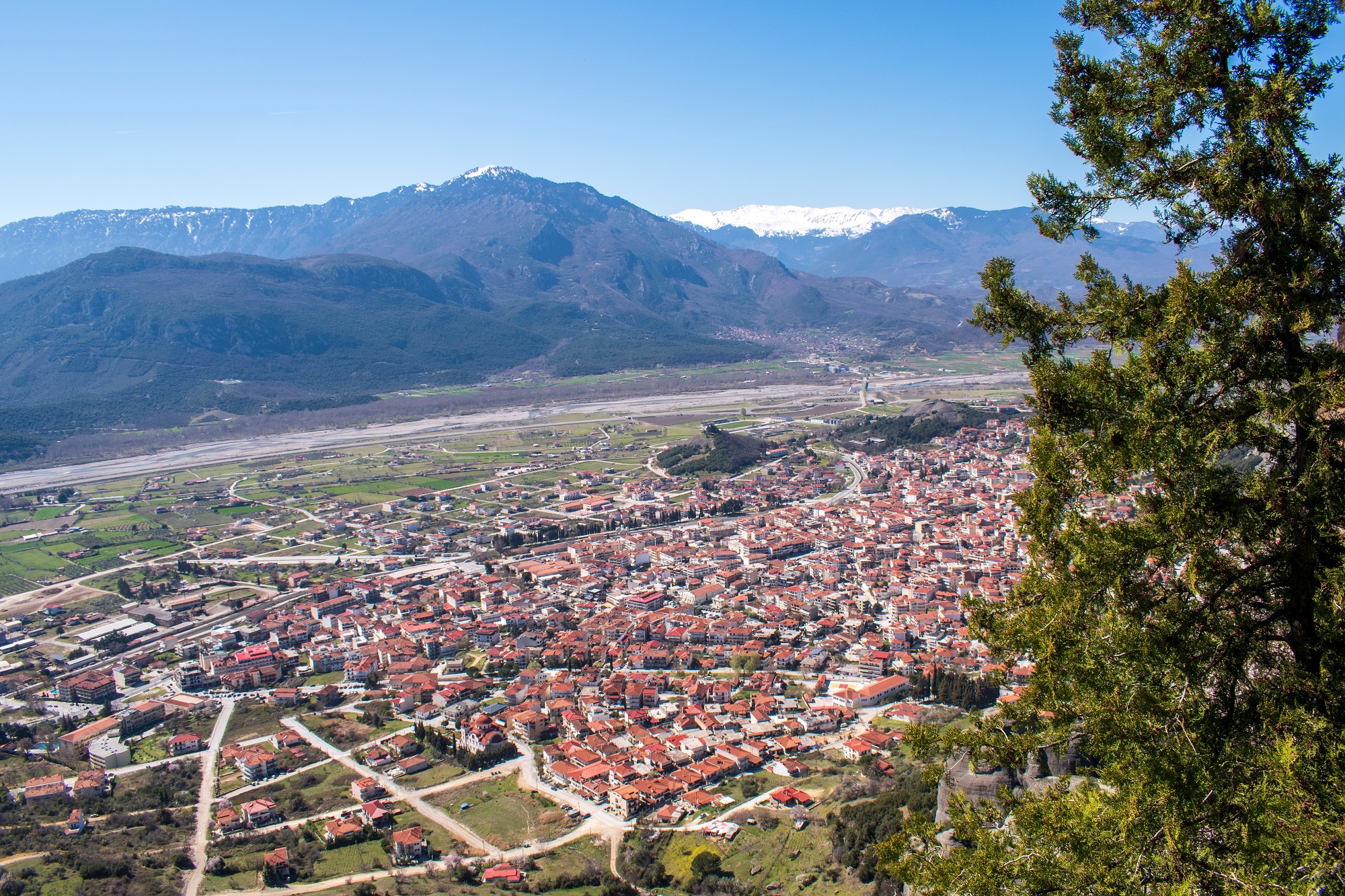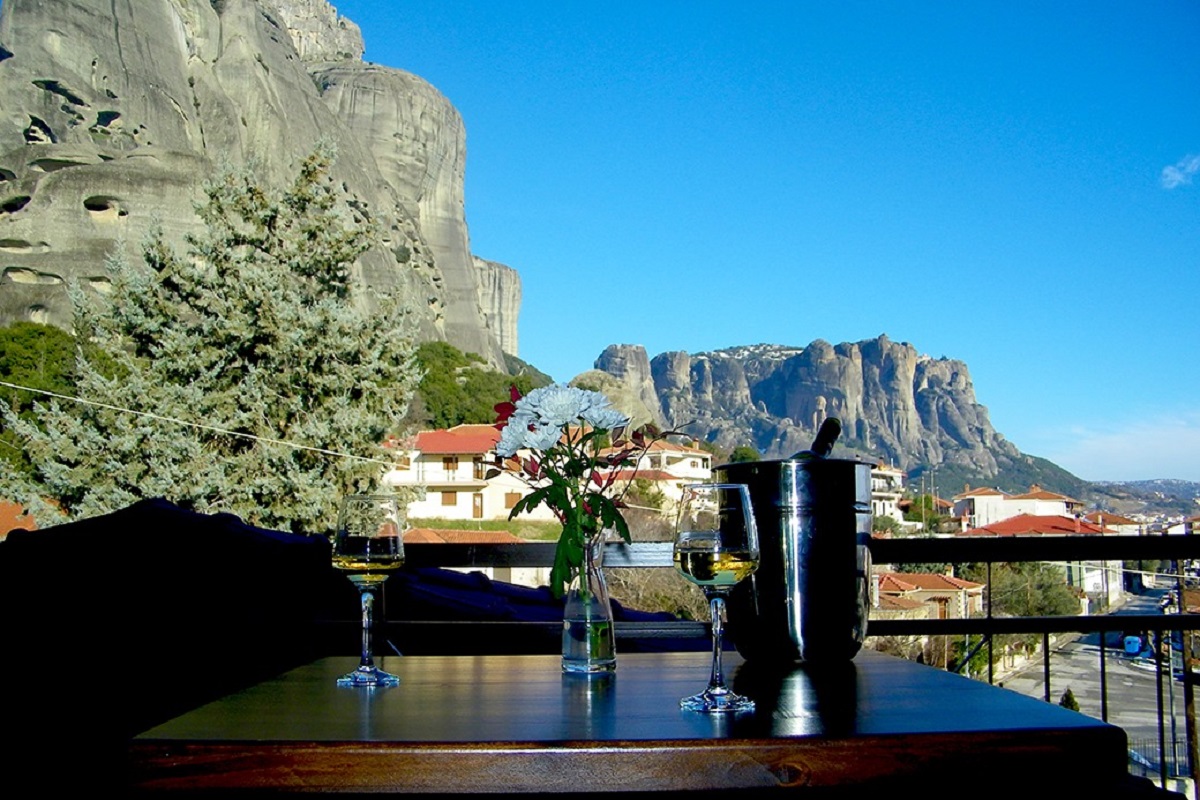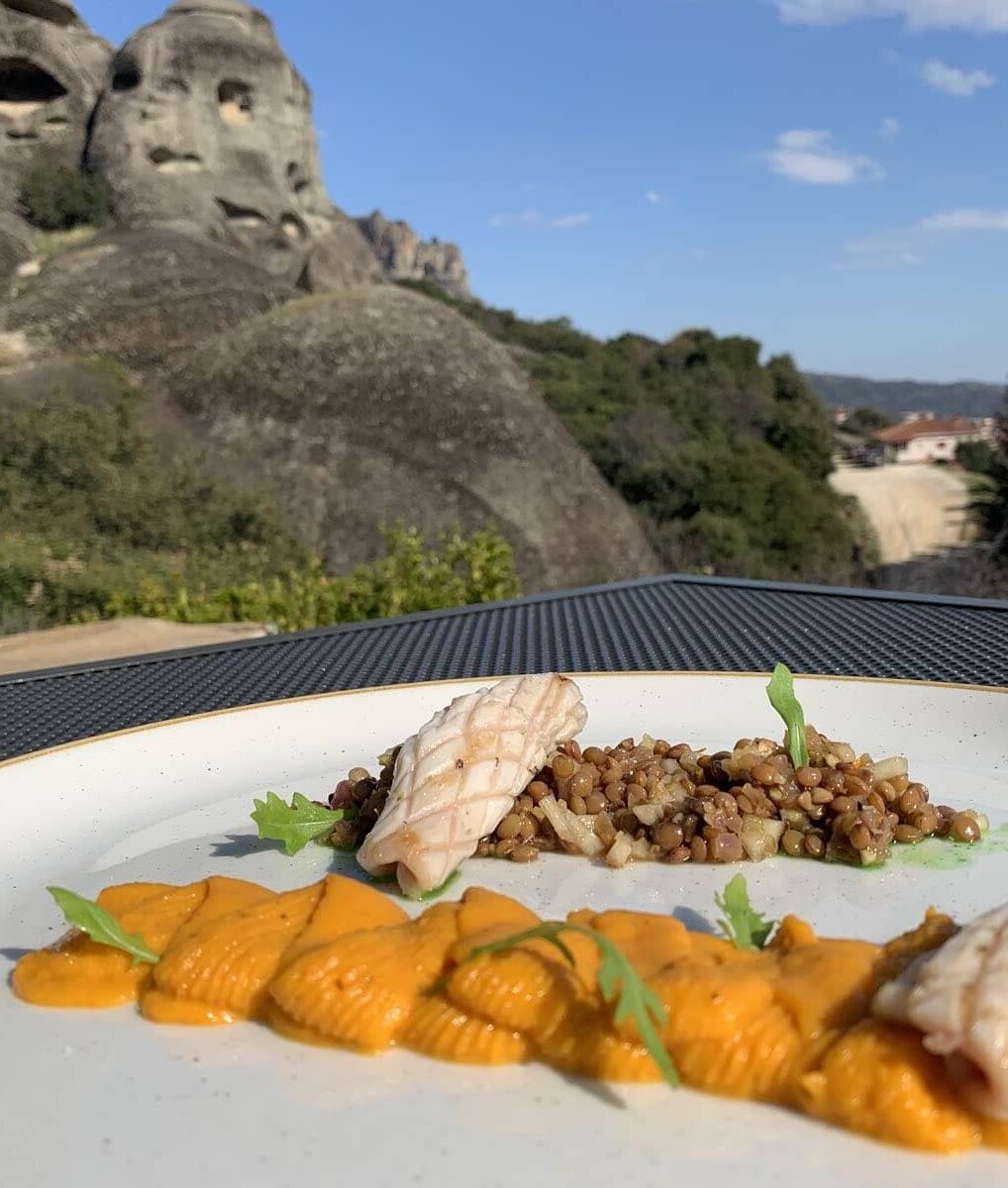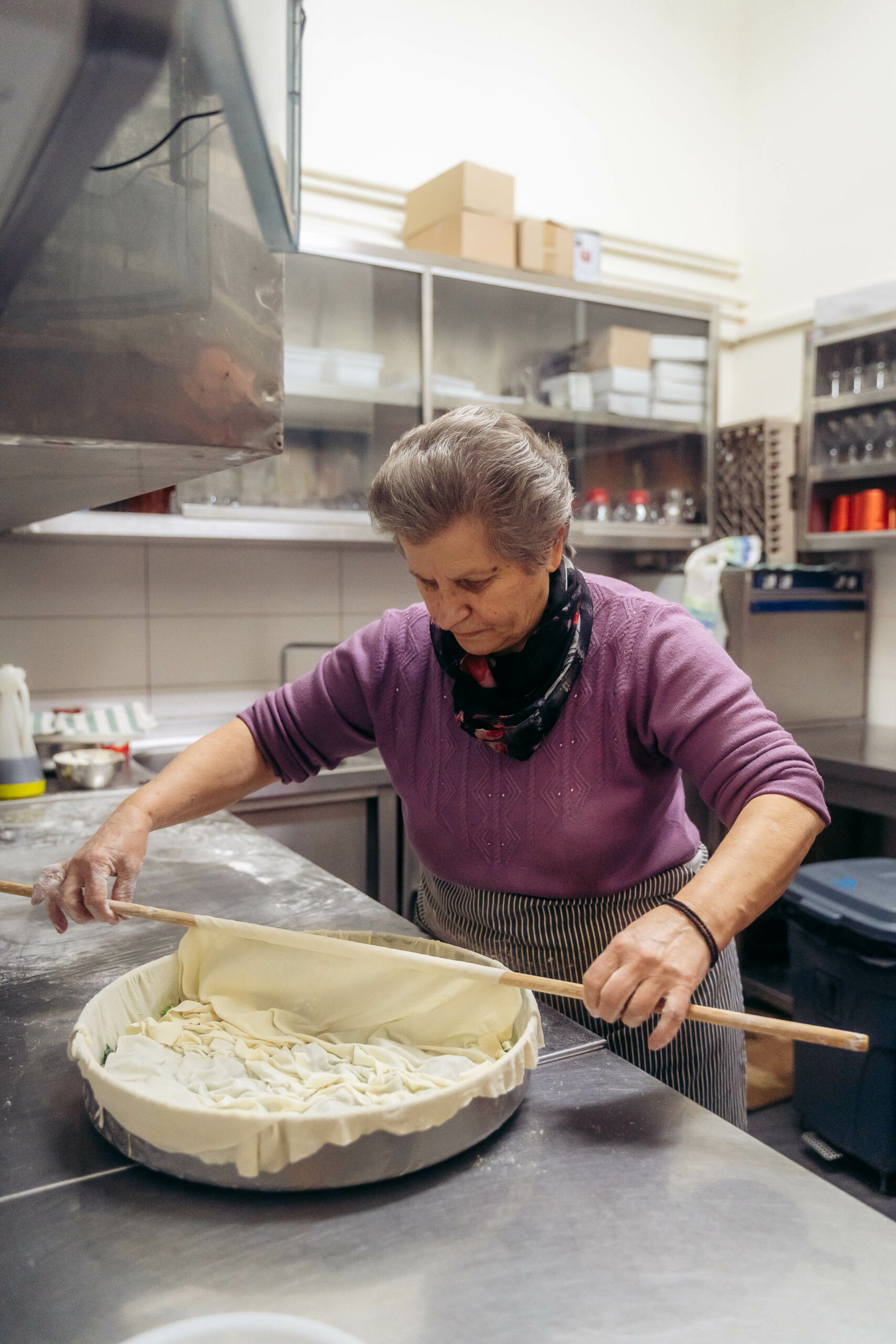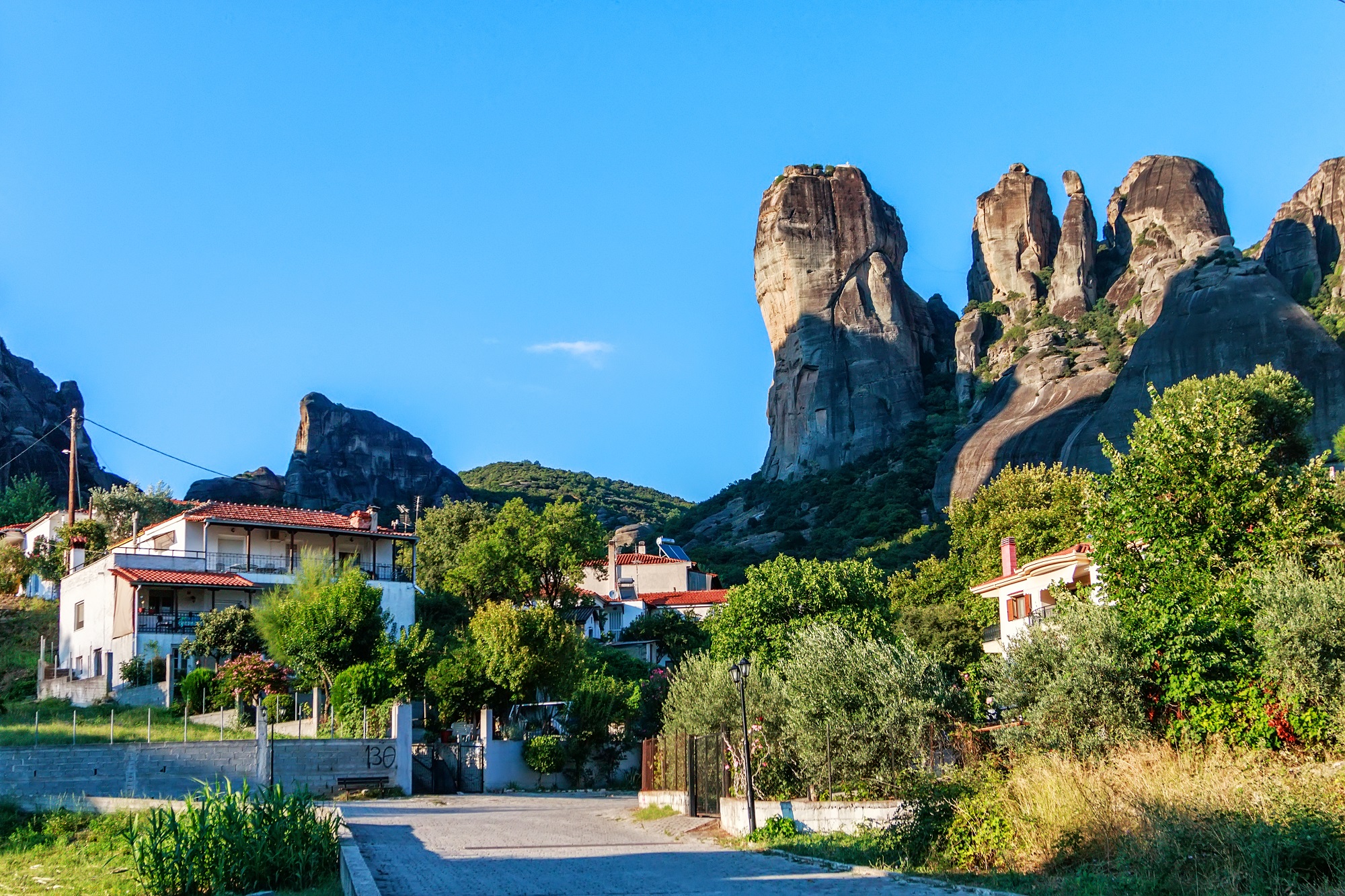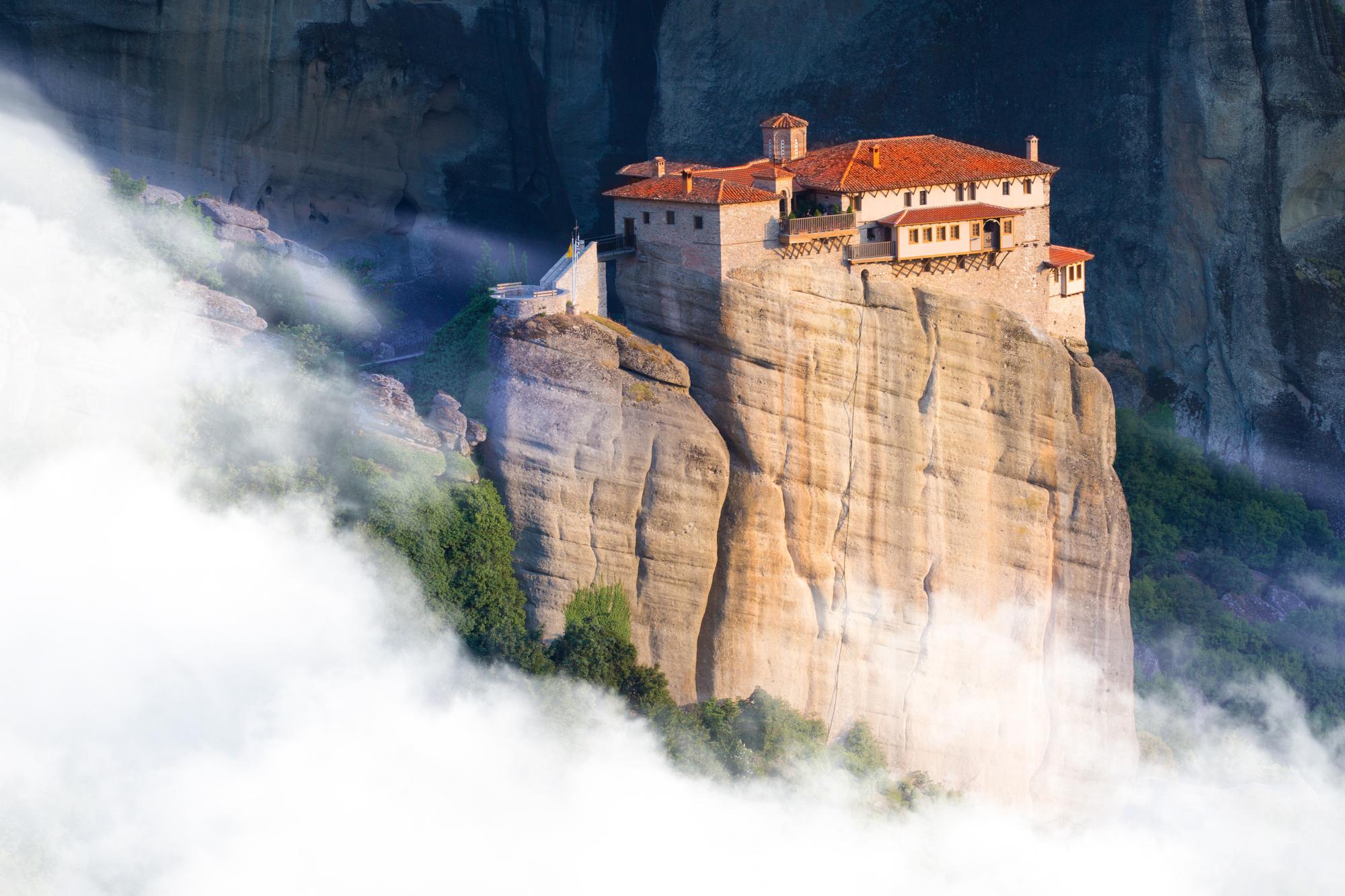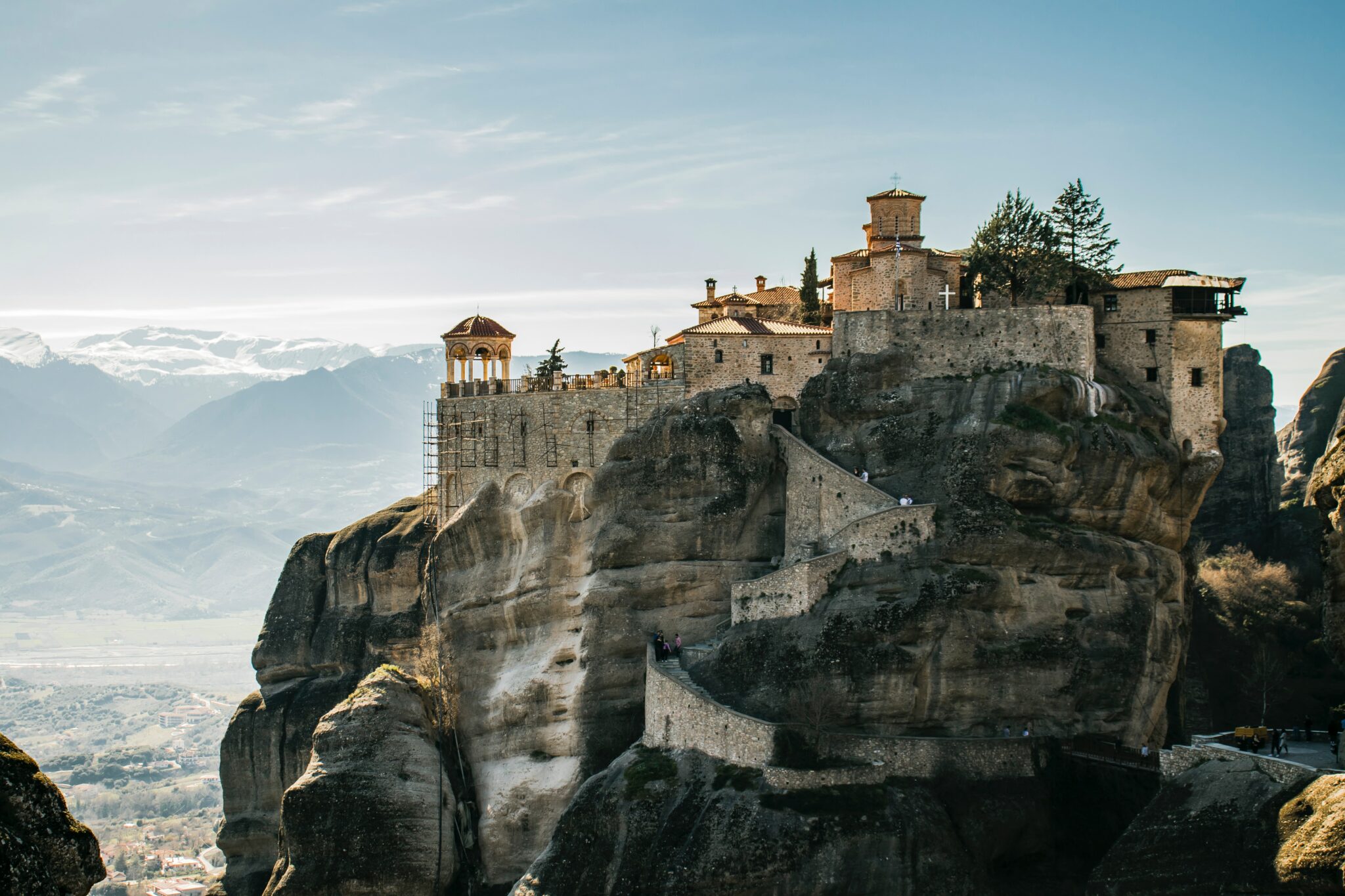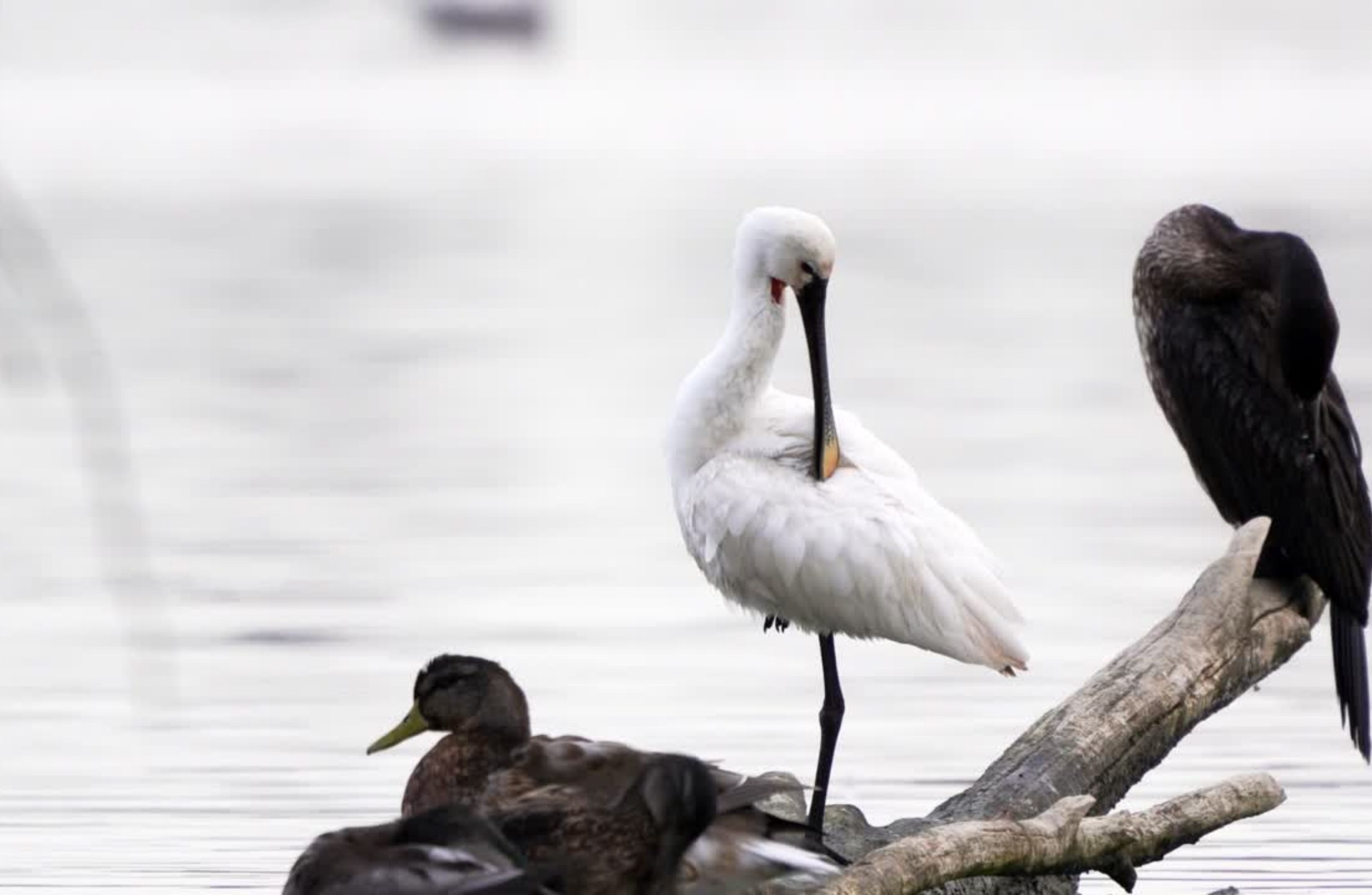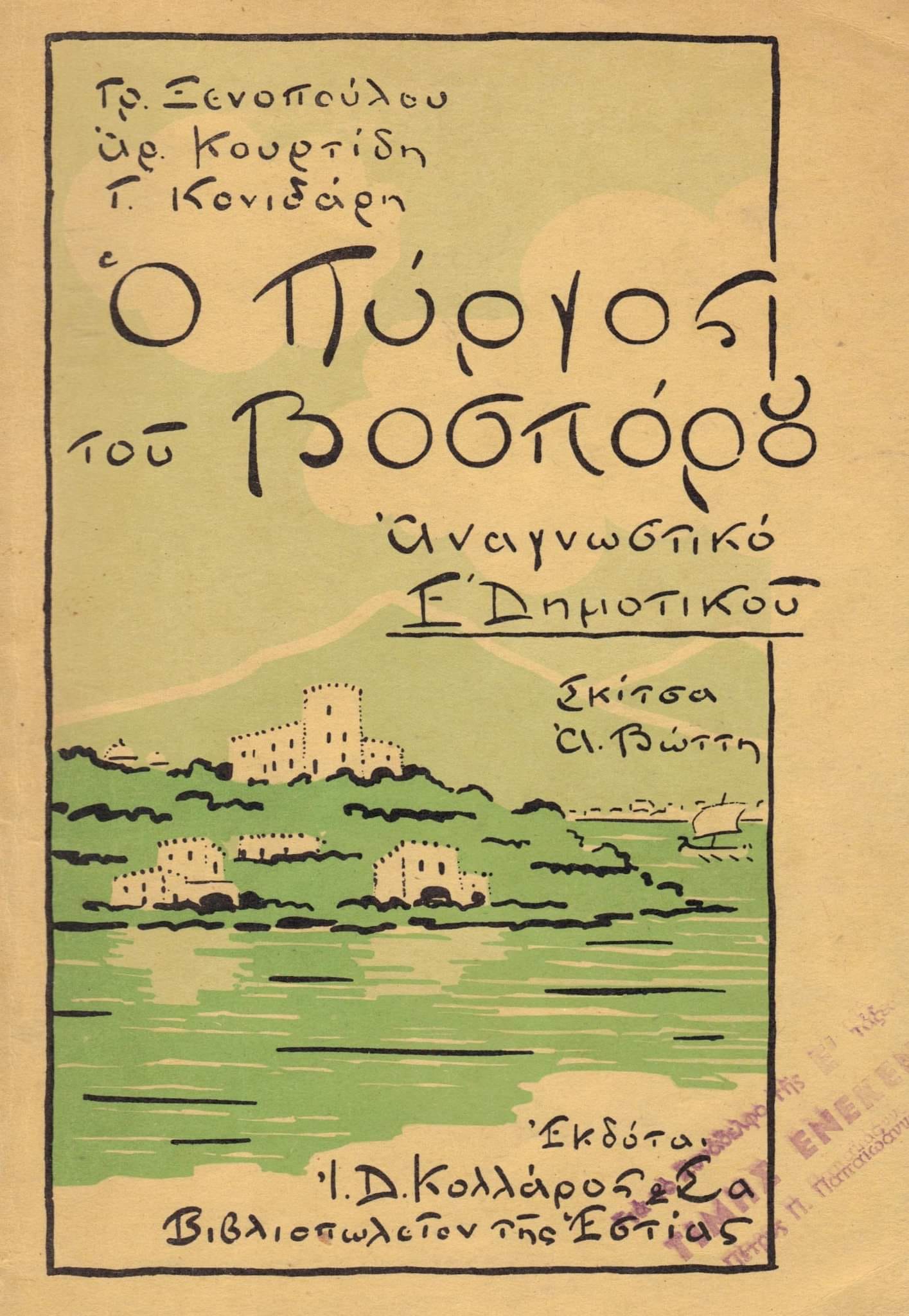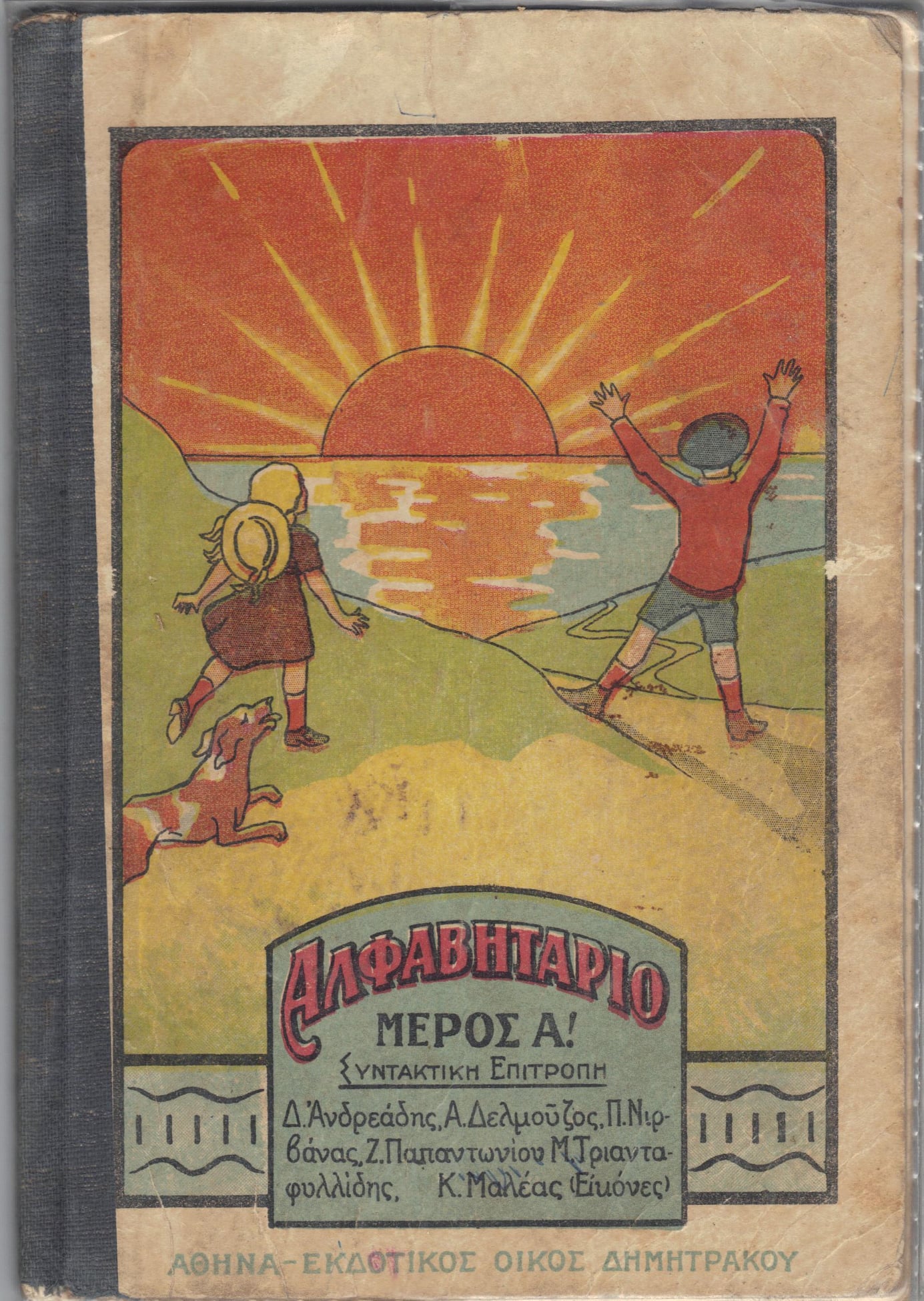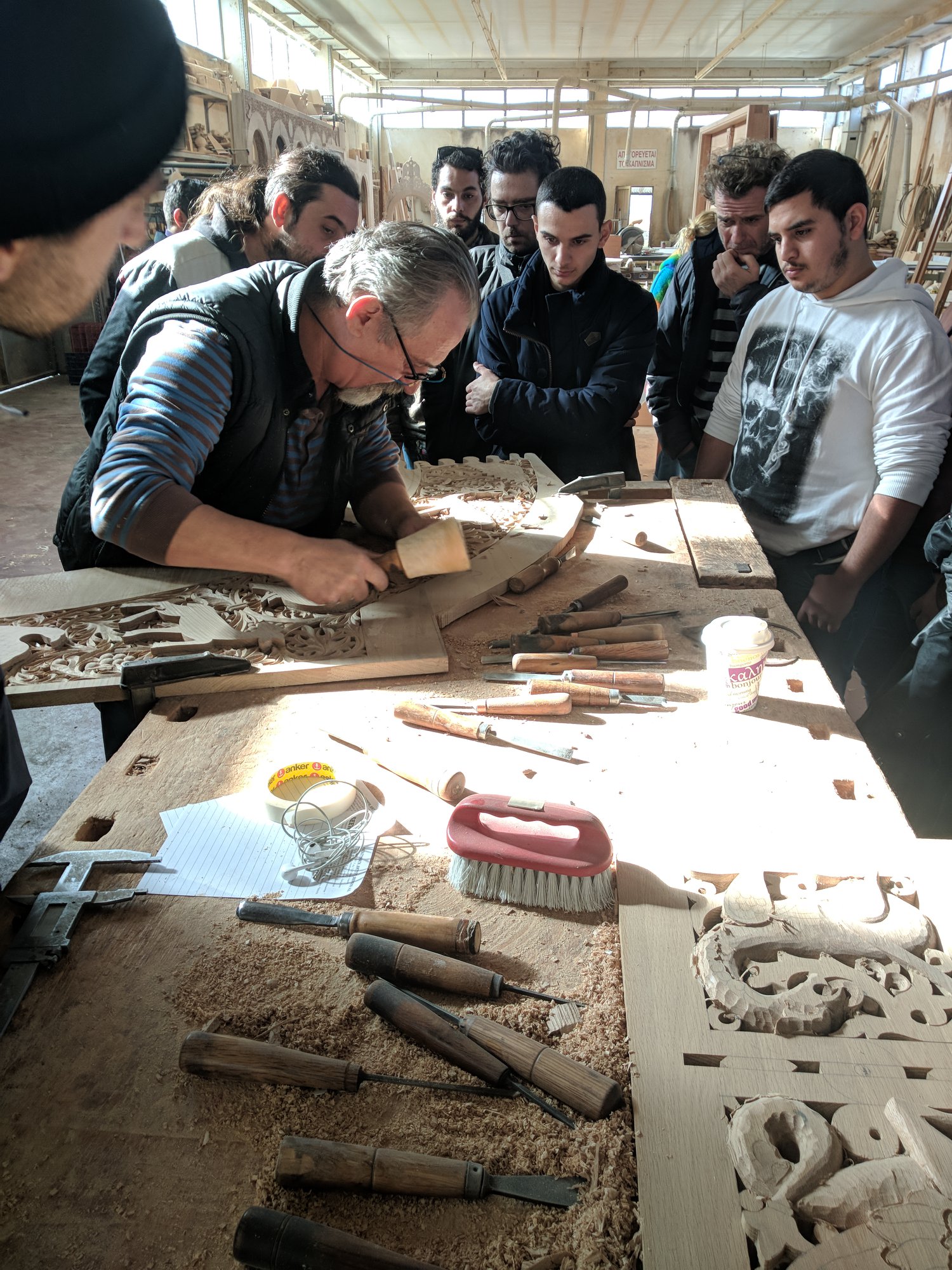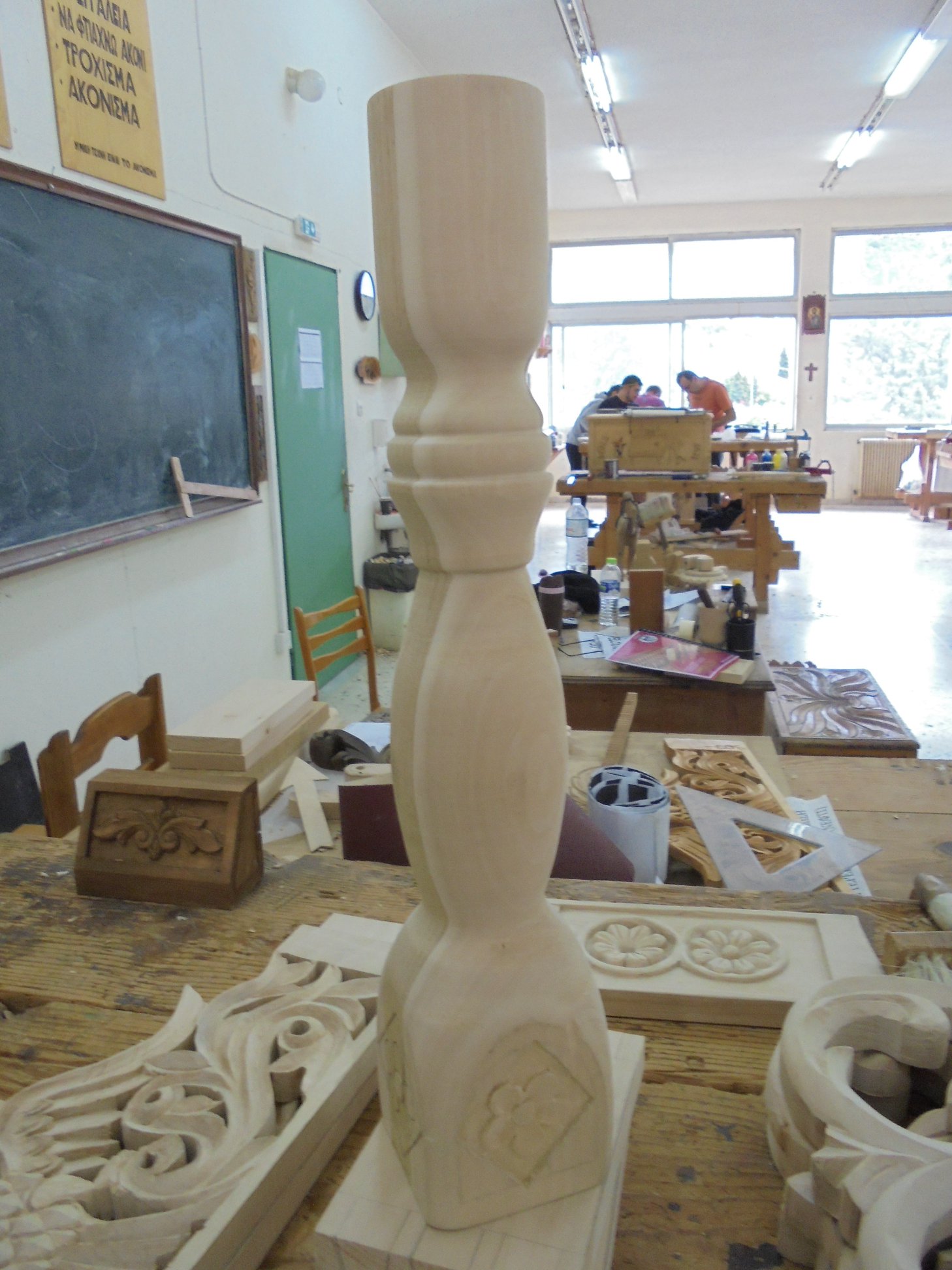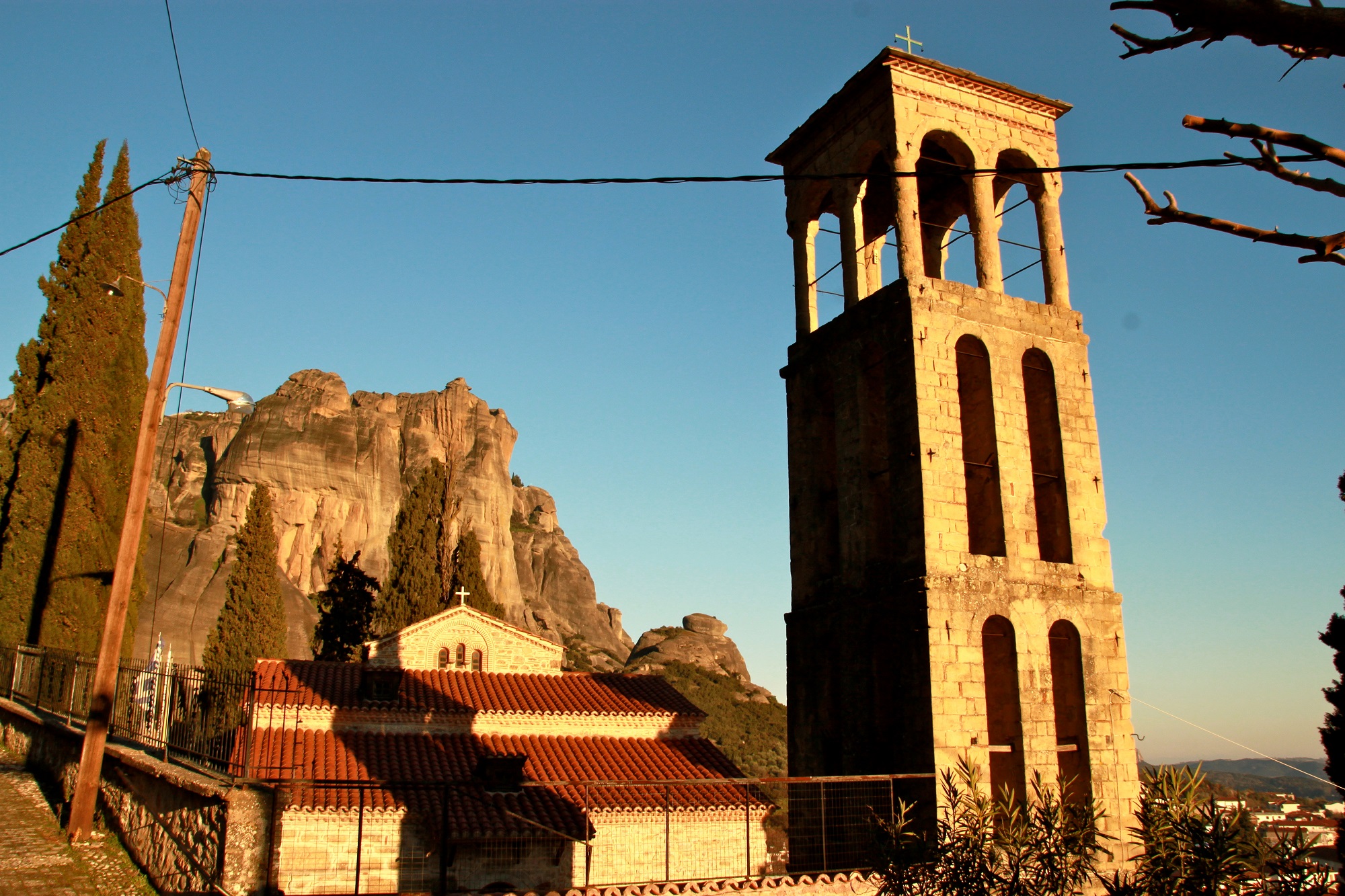Arachova, Trikala Corinthia, Pelion, and the mountainous Arkadia region appear, once again, to rank as favourite travel choices for the upcoming Clean Monday (March 7) long weekend, marking the beginning of Lent. A number of less established destinations are also on this list, including Kalabaka, in central Greece.
Kalabaka, part of the Trikala regional unit and very close to world-renowned Meteora, attracts a steady stream of visitors from Greece and abroad. In more recent years, Kalabaka has also emerged as a favourite Clean Monday long weekend destination for visitors from northern Greece, as it is situated at a shorter distance compared to Arachova or Trikala Corinthia.
The Kalabaka area has been inhabited since prehistoric times. According to some scholars, the town is situated where ancient Aiginion – a town of the Tymphaei that existed until its Roman conquest of 167 AD – once stood. This belief, however, has been disputed. Supporters of the theory have not been able to produce any convincing evidence in the form of related architectural remains. A town was reestablished at the location during Byzantine times, around 900, when a fortress city named Stagoi emerged.
Stagoi survived until the Ottoman conquest of the wider Thessaly region in 1394, a development which probably led to the town’s Kalabaka name, meaning “strong fortress”. In the 18th century, Kalabaka flourished as a commercial centre. It became a part of the modern Greece state in 1881.
Where to stay
Kalabaka’s tourism infrastructure, well developed as a result of the town’s close proximity to Meteora, offers numerous accommodation options covering all preferences.
Dellas Boutique Hotel offers great value for money. Though slightly detached, it is within walking distance of the heart of Kalabaka. The fully refurbished Theatro Hotel Odysseon offers 4-star service and easy access to Meteora. Two guesthouses, the rustic-style Iridanos, and Monastiri, just 200 metres from Kalabaka’s main pedestrianised street, are both very good guesthouse choices at very fair prices, for Kalabaka’s standards.
Coffee and drinks
Kalabaka has lots of cafes, usually carrying on as bars at night. Though slightly detached compared to other café-bars in town, Aerino is a popular hangout offering a view of Meteora. The spot often stages live music. Rapsodia is especially liked by the town’s younger people for coffee and drinks. Melydron, in the town’s centre, serves good coffee.
If wanting to head out slightly beyond Kalabaka for a coffee or drink, the nearby village Kastraki, approximately 1.5 km away, hosts Quastiro, whose hot chocolate with caramel and salt is highly recommended.
Where to eat
Kalabaka offers plenty of good dining choices. Meat dishes usually dominate the menus but all the local eateries cater to the fasting needs of Clean Monday, the day ushering in Lent. Make sure you have made your reservation before heading for a meal.
Meteoron Panorama is one of Kalabaka’s most renowned restaurants, combining a view of the imposing Meteora rocks with good food. The restaurant is supplied local meat and equipped with a meat-ageing fridge, while the kitchen adjusts to prepare dishes appropriate for Clean Monday. These include trout and mushrooms cooked in prawn broth. Another marvelous choice, Kipos Tou Ilia, uses quality ingredients supplied by local producers. If in Kalabaka for the entire Clean Monday long weekend, Vakis grill probably serves the town’s best kontosouvli (skewered pork pieces), an ideal meat meal before Clean Monday’s Lenten recipes.
If choosing neighbouring Kastraki for a meal, it is worth dining at Evfrosyno, for its wild greens and amazing pies. Another great eatery beyond Kalabaka, Platanos, a family taverna, in Mykani, on the 17th km along the Kalabaka-Grevena highway, is a seasoned place with a 40-year history. It serves local tsipouro, eggplant mille-feuille, as well as special beetroot salad.
5 things worth doing if in Kalabaka
Kalabaka has a train station directly linked with Thessaloniki and Athens. If driving to Kalabaka from Athens, the distance is covered in approximately 4 hours, while, getting there from Thessaloniki takes about 2 ½ hours. Kalabaka is 21 km from Trikala and has a population of 8,300, according to the 2011 census. Though visits to Kalabaka are usually dominated by the impressive Meteora rocks, the town also features a number of other attractions.
Visit Meteora
Kalabaka serves as the ideal base for visiting Meteora, the unique group of towering rocks with monasteries attracting global attention and a UNESCO world heritage site since 1988. It is the country’s second most prominent monastery complex following Mount Athos.
Meteora is situated at the northwestern edge of the Thessaly plain, just 6 km from Kalabaka, its imposing rocks made of sandstone. The location’s monastic history dates back to the mid-Byzantine period, beginning, it is believed, around 950. The name Meteora was given to the location far later, in 1344, after St. Athanasios the Meteorites, a scholarly monk from Mount Athos who built the Holy Monastery of Great Meteoron. Nowadays, six monasteries remain open to the public. Four of these monasteries host monks and the other two nuns.
Visit the Natural History Museum of Meteora
The museum, one of the country’s most unique, essentially combines two museums in one, at a 1,100 square-metre space. The Natural History Museum of Meteora hosts 350 stuffed animal species, mostly birds and mammals, through dioramas, three-dimensional exhibits, offering accurate depictions of natural habitats. Europe’s leading taxidermists have provided their services to this collection.
The Mushroom Museum presents 250 mushroom species in an innovative way, as sculptures mirroring originals with precision – in terms of colour, shape and size. The mushroom models are presented in a unique way, depicting three major phases of development.
Visit the Greek Education Museum
Apart from the Natural History Museum, Kalabaka also hosts another unique museum, devoted to Greek education. It highlights educational history details as well as values resulting from the educational process.
The Greek Education Museum, based on the collections of Pavlos Balogiannis, offers visitors an interactive experience. Besides viewing the exhibits, visitors may also view screenings and three-dimensional images projected through old stereoscopic systems. Visitors may also use old writing instruments, for a hands-on experience taking them back to the ways of ancestors.
The museum also houses a collection of rare old books that were printed in major European cities between 1500 and 1830, from the invention of printing to the founding of the modern Greek state; a rich collection of fables by Aesop in various publications ranging between 1600 and 1850; textbooks taught at schools in Greece as well as Greek schools abroad; as well as old school uniforms, exercise books and other items linked to the country’s educational system.
Visit Kalabaka’s vocational school for woodcarving
Introduced in 1964, in Kalabaka, the vocational school for wood carving is Greece’s only educational institution producing trained tradesmen specialising in wood carving and decorative furniture making.
The academy’s objective is to highlight folk tradition, which has a long history throughout Greece in many domains, including religion and shipping. It also remains connected with the present.
Visit the Koimisis Tis Theotokou church
The Koimisis Tis Theotokou (Dormition of the Mother of God) church, the most significant historical monument of Kalabaka, dates back to Byzantine times, standing at the old section of the town since the 10th century. It was built over the remains of an older church, possibly from the Early Christian period. Parts of the church exterior were added in the 16th century.
Koimisis Tis Theotokou is a three-aisled basilica whose southern section includes some ancient reliefs on walls. The church also features marvelous murals dated from the 12th to 16th centuries. Some of these are signed by eminent icon painter Theophanes the Cretan. It is also worth paying close attention to the wood-carved altar, from the 17th century, typifying handcrafted post-Byzantine art from the era.
Read also:
Climbing in Meteora, where the human reaches the divine
8 spots for great food in Trikala and Kalambaka
Discover the beauty of Greece’s most idyllic landmark under the guidance of a dream team



